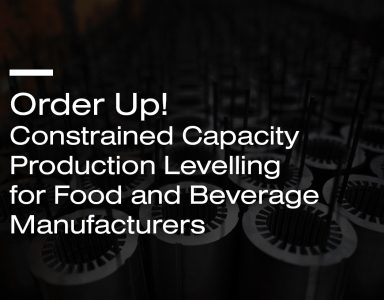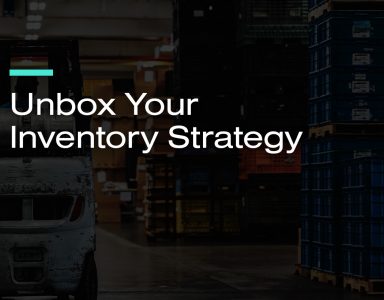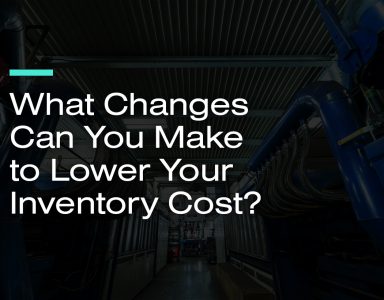Excess Inventory: This class of inventory is for products and materials that are still being sold i.e. still in the product catalogs and for which there is non-zero demand or forecast. Most companies set a threshold of ‘n’ months. Any inventory in excess of ‘n’ months is considered as Excess. Many CPG companies will set n at 3, 6, or 12 months.
Obsolete inventory: This class of inventory is for products and materials that are discontinued i.e. no longer being offered to customers and thus have zero demand or forecast.
Both Excess & Obsolete are undesirable for two reasons. First of all, unnecessary cash, working capital, is tied up in inventory that is moving slowly or not at all. In these days of economic malaise, we hear that “cash is king” in most supply chain webinars and presentations. Sound cash management is critical in these times. Having Excess and Obsolete inventory simply ties up cash that is probably in short supply. Secondly, Excess and Obsolete inventory reduces the essential capacity of one’s distribution centers. The inventory just sits there and gathers dust. It does not move and thus reduces the capacity of the warehouse. We may as well brick-up the storage locations for all the good they are doing. Companies do measure the value of the E&O. It is recommended that each warehouse or DC should measure and report on the percentage of storage locations, pallet positions, which are allocated to E&O. This second statistic will generally be higher than the E&O percentage based on value because partial pallets. E&O inventory ties up cash and cripples warehouses, in both cases unseen. E&O is both fiscal and supply chain cholesterol clogging up and inhibiting cash flows and the supply chain.
Also, too much E&O is a clear sign that ones inventory is out of balance. That is especially true today. With the economic downturn, sales in most sectors fell dramatically in Q4 2008. As the situation has stabilized, customers are buying lower margin value products. With this change in sales mix, too much E&O means working capital is tied up in the wrong product mix.
In the case of Excess Inventory, the strategy to bring these levels down is simply not to purchase any more material nor to produce any more finished goods until the inventory is once again in line with the forecast. Then purchasing and production can continue as driven by the MRP system… assuming the inventory levels and re-order points are properly calculated and up to date. As logical as this may sound, there are often cases where the Excess is at such an outrageous levels that simply letting sales reduce the levels will simply take too long to reduce the inventory levels fast enough.
There is an odd dichotomy that takes place in almost every company. The responsibility for E&O is given to the Supply Chain. This kind of makes sense since inventory or materials management is within the supply chain. But let’s think about this. What can the Supply Chain do? Well, certainly the Supply Chain can report on the amount of E&O providing a variety of measurements, tables, charts on a regular basis. The distribution arm of the Supply Chain can ensure the E&O is properly counted and stored in a neat and orderly manner. Heck, they can even dust off the cases and product. We have seen Obsolete product that have been accumulating for years and look horrible. The Supply Chain cannot sell it or make the decision to scrap it. Often the Supply Chain is stuck holding the E&O bag.
Clearly, the worst of the two is the Obsolete inventories. This is dead product. Since there are no sales, the inventory levels will not naturally lower as in the case of Excess inventory. This is the inventory that just sits there and gathers dust.
Note that with the likely exception of fine wines, nothing good can happen to inventory just sitting in a warehouse. If the product is even remotely perishable, that is has a relatively long shelf life (think batteries, medicines, pens), the product will eventually become unsalable. Unsalable and Obsolete is a deadly combination. Generally, the only thing that can be done with this product is to scrap it. Since no one wants to do this, the product sits and sits. As mentioned above, it clogs up the warehouse. It often requires the need for overflow warehouse space which adds further costs. It makes no sense to put productive, salable goods in the overflow space, so the E&O is moved there making these goods even more out of sight and out of mind.
Something different and deliberate must be done. In our next posting, we will review a few options.


